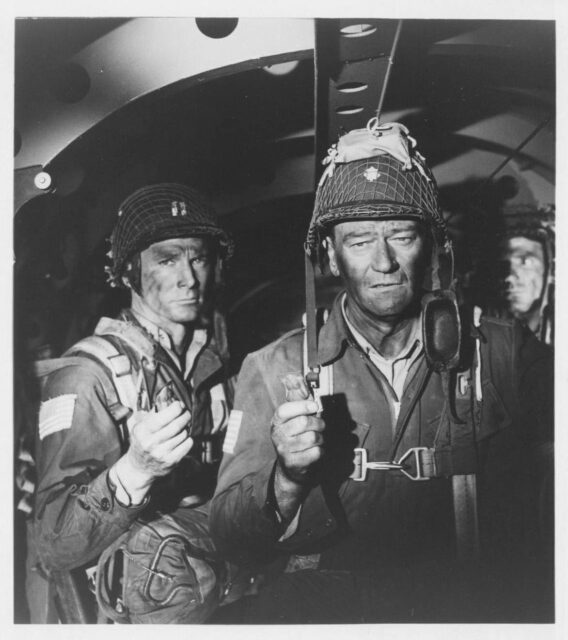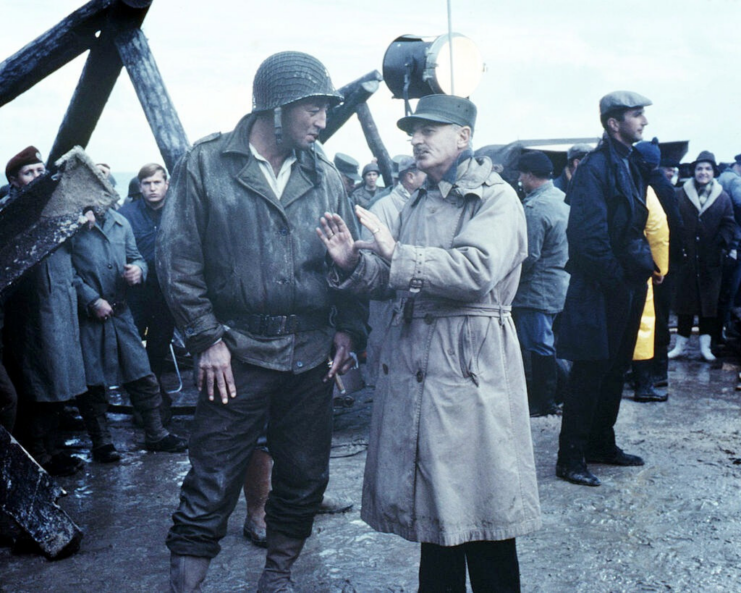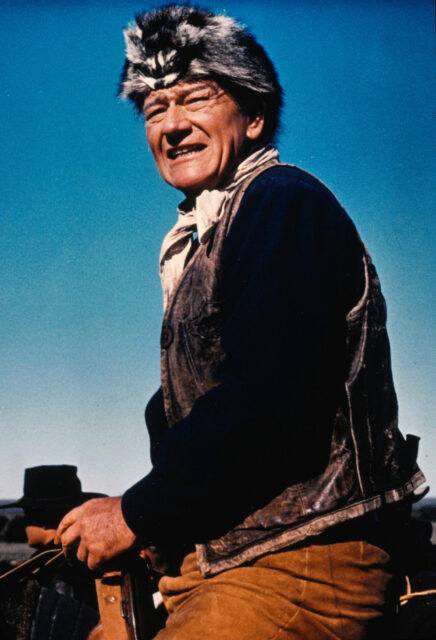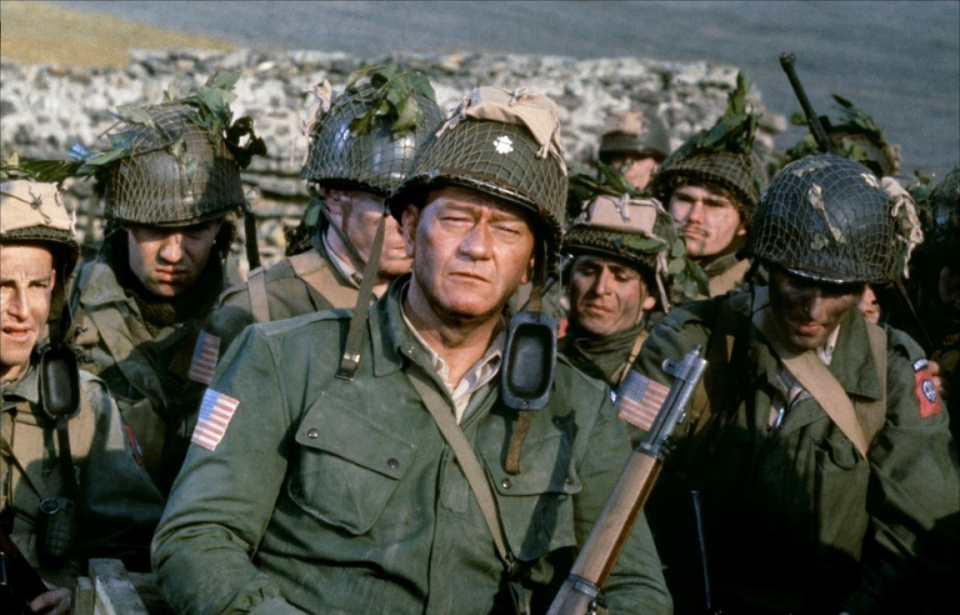Filmed in the 1960s, The Longest Day is widely regarded as one of the best war movies to ever be made. However, its production wasn’t without turbulence. Rumors suggest there was significant tension between Western star John Wayne and producer Darryl Zanuck, which ultimately led to Wayne taking action against Zanuck.
The Longest Day (1962)

Production for The Longest Day began in March 1961, following the acquisition of the book rights. Filmed in the vein of a docu-drama, the movie meticulously identifies each major player on-screen as they prepare for the monumental event of D-Day. The film’s expansive narrative offers a detailed and authentic portrayal of the pivotal historical moment.
Tracking the Allies from the lead-up to the landings, through to the beach assaults and engagements at such iconic locations as Pointe du Hoc and Pegasus Bridge, the film showcases the monumental scope of the operation. It evolved into a labor of love for producer Darryl Zanuck, who assembled a stellar cast comprising luminaries like Henry Fonda, Sean Connery, Richard Burton, Kenneth More and the iconic John Wayne.
John Wayne publicly punishes Darryl Zanuck

Unlike the other actors, John Wayne played a minor cameo role in The Longest Day. While most of the cast members were paid $25,000, Wayne flatly refused such a modest sum, despite his limited screen time. He demanded an astonishing $250,000, a request that producer Darryl Zanuck surprisingly agreed to, allowing Wayne to earn 10 times more than the film’s main stars for just a few days of work.
This high fee was particularly controversial, givenWayne had never served in the military, unlike others in the film. This disparity didn’t sit well with many viewers. Although the Western star received a significant payout, he was still placed at the end of the credits. Reflecting on this in later years, Wayne remarked, “It was highway robbery. But I needed the money at the time, and that b****** Zanuck had it coming.”
An earlier snub

What started this rivalry between Darryl Zanuck and John Wayne?
It all goes back to when Wayne decided to produce and direct the 1960 film, The Alamo, while also starring as the legendary Davy Crockett in the production. It focused on the 1836 battle of the same name and was something Wayne was extremely passionate about – so much so that he put a vast quantity of his own money toward the movie. This proved to be a massive error, as it was a box office flop; he didn’t even break even.
Sometime after The Alamo was released in theaters, Darryl Zanuck participated in an interview, where he mentioned Wayne. In particular, he commented on how he didn’t like when actors decide to make their own production companies. He didn’t leave his comments as vague generalizations – he said “poor old Duke” was one of many who’d done this.
Want War History Online‘s content sent directly to your inbox? Sign up for our newsletter here!
Having heard Zanuck’s comments, Wayne decided that he wanted to make him pay… Literally.
